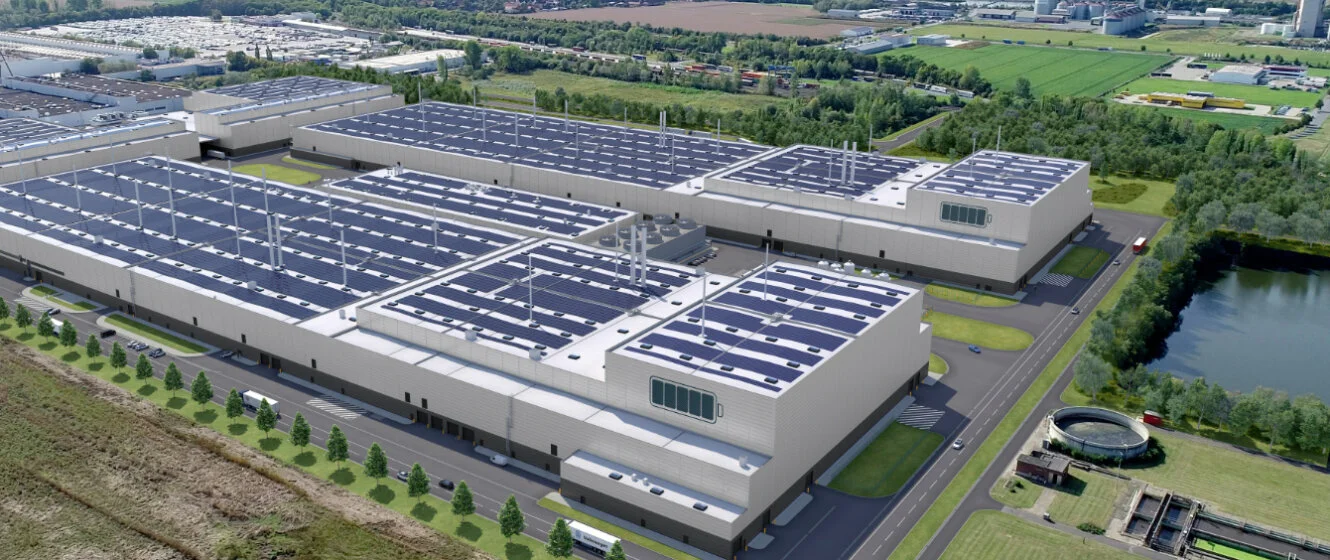
The increasing demand for battery cells necessitates a rapid expansion of capacity and production. Gigafactories such as this one at Volkswagen in Salzgitter, which is scheduled to come on stream in 2024, will enable lithium-ion batteries to be manufactured on a large scale.
© Volkswagen AG
EV and storage technology are displaying rampant expansion. The two markets share a common trait: the need for huge numbers of modern batteries – mainly the lithium-ion variant. Increasing demand calls for a swift uptake in production capacity, and Europe is no exception.
This is why Fraunhofer ISI regularly prepares forecasts on factories planned in Europe as part of BEMA 2020 II, an accompanying measure subsidised by the German Ministry of Education and Research. Recently published numbers indicate that, by the end of the decade, about ten times more battery cells might be manufactured than today. Most of the production capacity is expected to be located in Germany.
Germany home to a quarter of production capacity
The substantial demand for lithium-ion batteries is presently being met above all by manufacturers in Asia, with China, Japan and South Korea leading the way. For several years now, Europe has also endeavoured to set up its own production capacity. One such approach involves giant battery cell production facilities, known as ‘gigafactories’. In addition to established manufacturers expanding their operations in or to cover Europe, a host of European startups is being founded.
Fraunhofer ISI experts have analysed the plans of cell manufacturers active in Europe through to 2030 and summarised planned projects for 15 European countries.
The evaluations demonstrate that production capacity could hit as much as 124 gigawatt hours (GWh) as early as this year. A quadruple jump to over 500 GWh by 2025 and a tenfold increase to between 1.3 and 1.5 TWh by 2030 are on the cards according to the authors. This would represent approximately one-fourth of global capacity by 2030. Germany is expected to account for the single-largest share of 400 GWh.
Over 40 battery manufacturers in Europe by 2030
According to Fraunhofer ISI, the rapid expansion of production capacity will primarily be driven by European players. Key roles will be assumed by manufacturers such as Northvolt, VW and ACC, which together seek to account for roughly one-third of the projected cell production capacity.
However, the study also has non-European companies the likes of China’s CATL, US-based Tesla and Samsung SDI from South Korea making up a substantial share of Europe’s future cell production on the strength of their planned factories. All told, the experts counted more than 40 cell manufacturers announcing battery production plants in Europe by 2030.